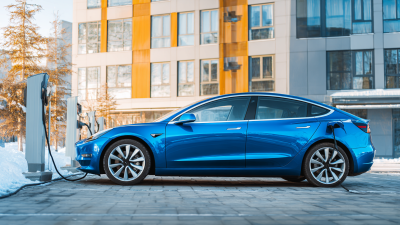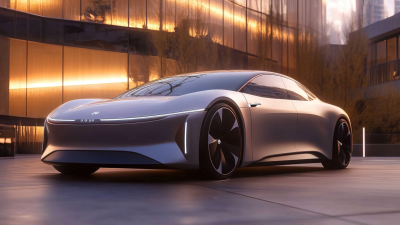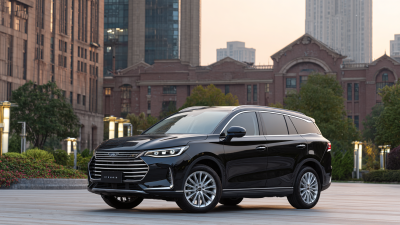Leave Your Message
In the evolving landscape of transportation, optimizing the efficiency of Electric Automobiles has emerged as a critical focus for manufacturers and consumers alike. With environmental concerns escalating and the demand for sustainable solutions rising, enhancing the performance of these vehicles is not just a goal but a necessity. This article delves into expert tips and data-driven strategies that can lead to a remarkable 30% increase in the efficiency of Electric Automobiles. By leveraging innovative technologies, practical driving habits, and maintenance best practices, we aim to equip readers with actionable insights to maximize their electric vehicle's potential.

Whether you are a seasoned electric car enthusiast or a newcomer looking to make a sustainable choice, these strategies promise to transform your driving experience while contributing positively to our planet.
Optimizing Battery Management Systems (BMS) is crucial for enhancing electric vehicle (EV) efficiency. One effective strategy involves implementing advanced algorithms that improve battery state estimations, such as state of charge (SOC) and state of health (SOH). These algorithms can analyze real-time data from multiple sensors to ensure the battery operates within optimal parameters, preventing overcharging and excessive discharging. This can significantly extend battery life and enhance overall vehicle performance.
Another strategy focuses on thermal management integration within the BMS. By maintaining optimal temperature ranges through cooling and heating systems, the efficiency and longevity of battery packs can be greatly improved. Effective thermal management reduces energy losses and enhances the power output of batteries, which is critical in demanding conditions like rapid acceleration or steep inclines. Implementing these data-driven techniques can lead to a more reliable energy source, pushing EV efficiency closer to the projected 30% enhancement.
Aerodynamic design is a critical factor in enhancing the efficiency of electric automobiles. By optimizing the shape and surface of a vehicle, manufacturers can significantly reduce air resistance, allowing the vehicle to glide more effortlessly through the atmosphere. Innovations such as streamlined body shapes, smooth underbodies, and strategically placed spoilers can all contribute to lowering the drag coefficient. For instance, studies have shown that a reduction in drag can lead to a 10-15% increase in range for electric vehicles, translating to longer distances per charge.
Moreover, incorporating advanced materials and design techniques can further improve aerodynamic performance. Lightweight composites and active aerodynamics, which adjust the vehicle's configuration based on speed and driving conditions, are being increasingly utilized. These technologies can not only enhance performance but also support energy efficiency, making electric automobiles more appealing to consumers. As the demand for sustainable transportation increases, focusing on aerodynamic improvements will be vital for manufacturers looking to enhance their electric vehicle efficiency by up to 30%.
The increasing electrification of vehicles has placed a spotlight on the importance of weight reduction to enhance efficiency. Electric vehicles (EVs) rely on batteries that contribute significantly to their overall weight, making it essential to incorporate lightweight materials in automotive design. These materials can potentially cut a vehicle's body and chassis weight in half, consequently improving fuel economy and extending the overall driving range of hybrids and plug-in vehicles.
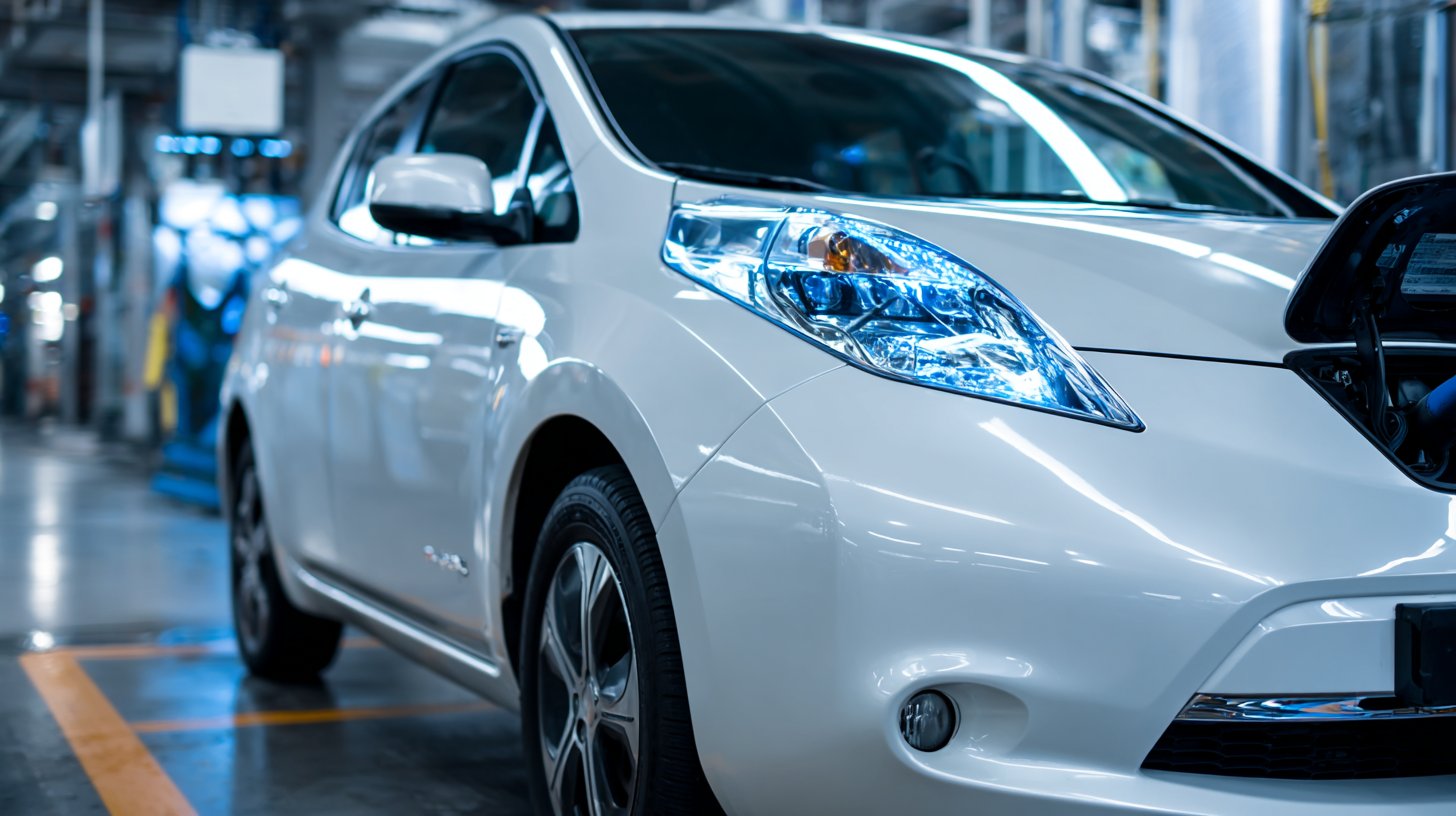
To boost the use of lightweight materials in electric automobiles, here are some expert tips:
Implementing advanced powertrain technologies is crucial for enhancing the efficiency of electric vehicles (EVs) by up to 30%. According to a report by the International Energy Agency, improvements in powertrain design and integration can significantly impact an EV’s range and performance. For instance, adopting more efficient electric motors and advanced battery technologies can lead to substantial gains in energy conversion and storage efficiency, which directly translates to longer driving ranges.
To achieve these efficiency gains, manufacturers can utilize regenerative braking systems that recover energy typically lost during braking. This technology has been shown to enhance overall efficiency by approximately 20%, a significant leap for urban driving conditions where frequent stops are common. Additionally, investing in lightweight materials for the vehicle’s structure can reduce energy consumption by minimizing the power required for acceleration.
Moreover, optimizing thermal management systems within powertrains is essential. According to a study by the Department of Energy, improving thermal management can increase battery efficiency by 15-25%. The use of advanced coolant technologies and smart thermal insulation can keep the powertrain components operating at optimal temperatures, thereby prolonging battery life and enhancing efficiency. Implementing these strategies can put manufacturers on the path to creating the next generation of efficient electric automobiles.
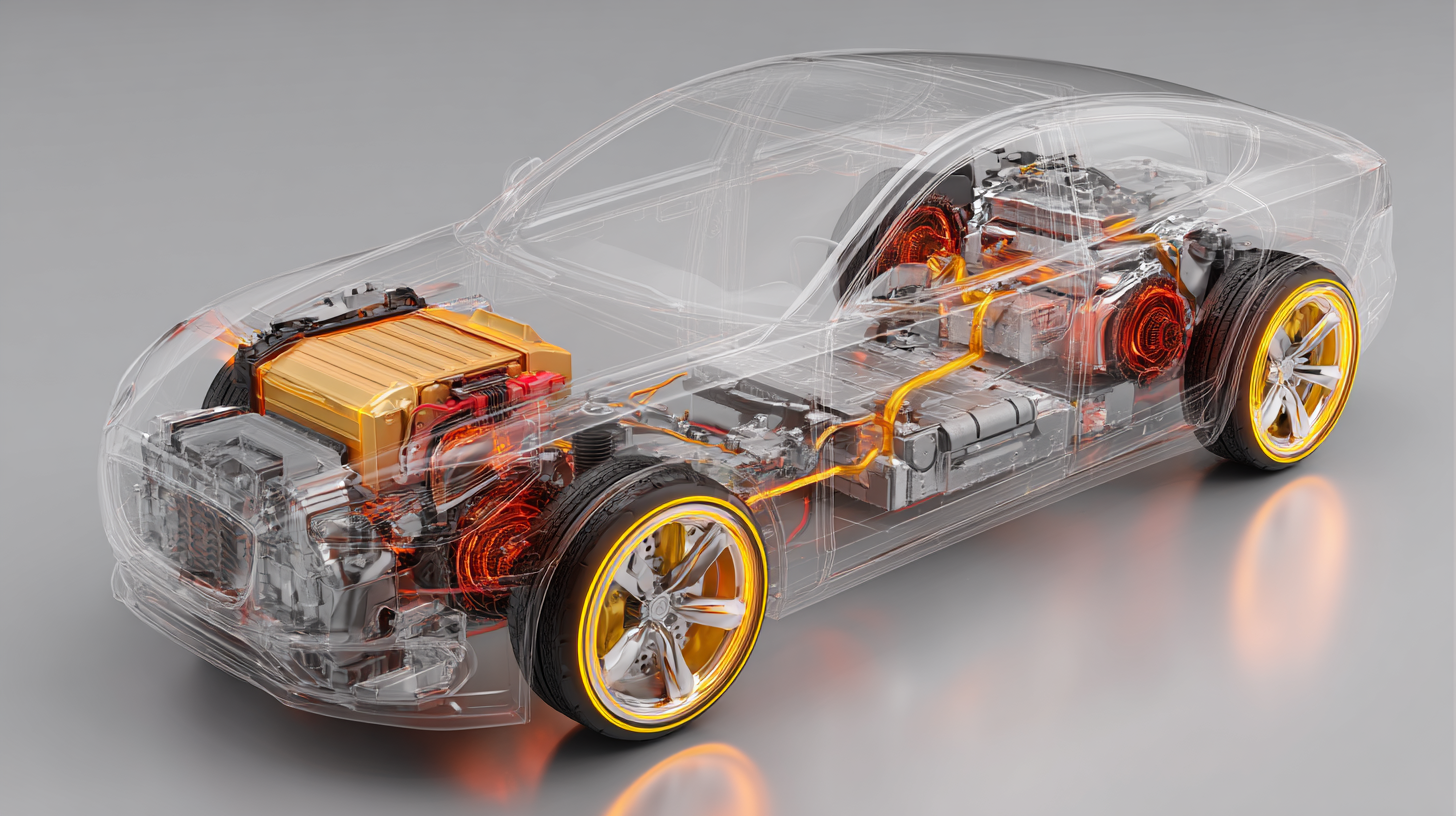
Data analytics plays a crucial role in monitoring and enhancing driving behavior to boost electric vehicle (EV) efficiency. Research from the International Council on Clean Transportation (ICCT) highlights that driving style can impact efficiency by up to 20%. Aggressive acceleration and hard braking not only waste energy but can also reduce the overall driving range. By leveraging telematics data, manufacturers and fleet operators can analyze real-time driving behavior, allowing them to provide targeted feedback to drivers, encourage smoother acceleration patterns, and promote regenerative braking techniques.
Moreover, studies from the Department of Energy indicate that eco-driving training programs can enhance the efficiency of electric automobiles by an additional 10% to 15%. Utilizing data-driven insights, such programs educate drivers on optimal speed management, the importance of maintaining a steady pace, and planning routes that minimize energy consumption. With advancements in machine learning and big data analytics, these programs can become even more tailored, adapting suggestions based on individual driving habits to ensure more efficient use of EVs.
| Strategy | Description | Efficiency Gain (%) | Implementation Time (weeks) | Data Source |
|---|---|---|---|---|
| Driving Behavior Monitoring | Use telematics to monitor and analyze driving patterns. | 10 | 4 | Internal Analytics |
| Tire Pressure Monitoring | Regular checks to ensure optimal tire pressure. | 5 | 1 | Maintenance Logs |
| Route Optimization | Use GPS and analytics to choose efficient routes. | 8 | 3 | GPS Data |
| Regenerative Braking | Maximize energy recovery during braking. | 7 | 2 | Vehicle Performance Reports |
| Battery Management | Use software to monitor battery health and charging. | 15 | 6 | Battery Analytics |

